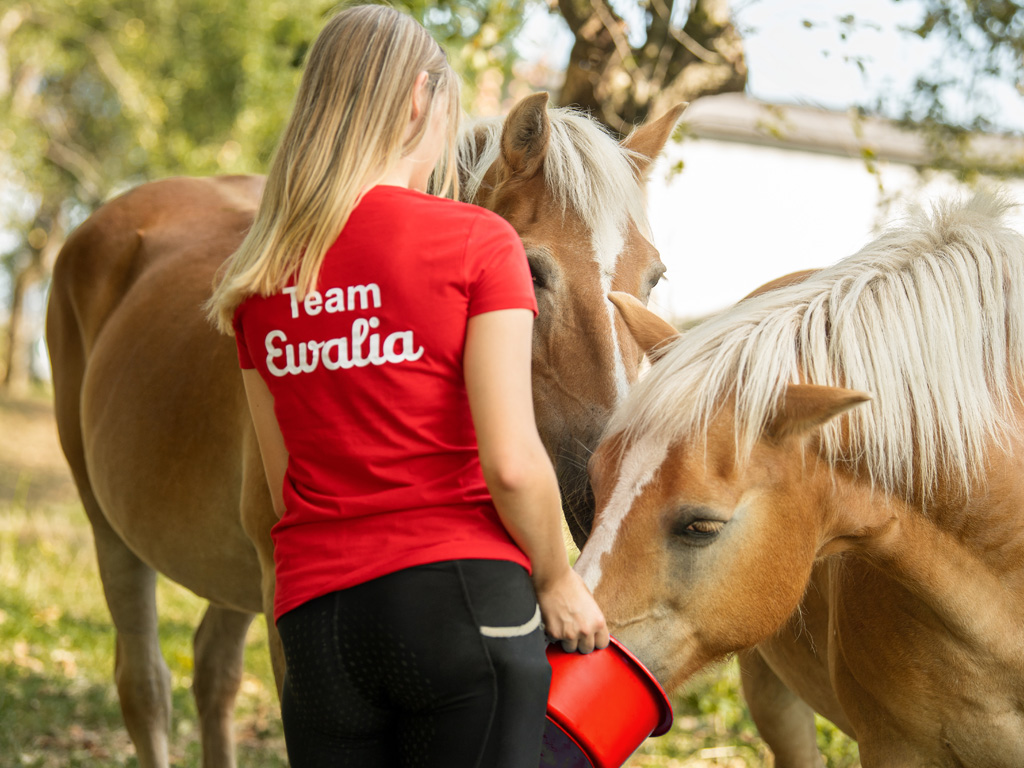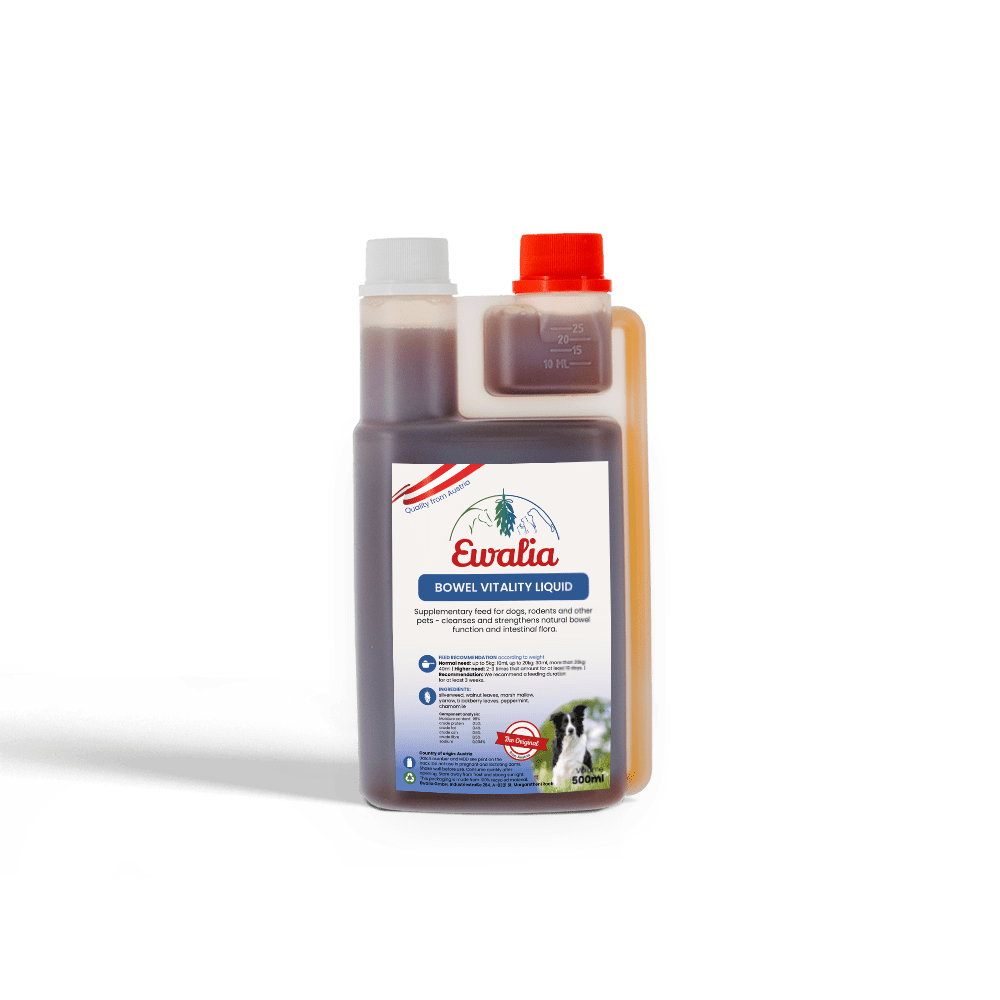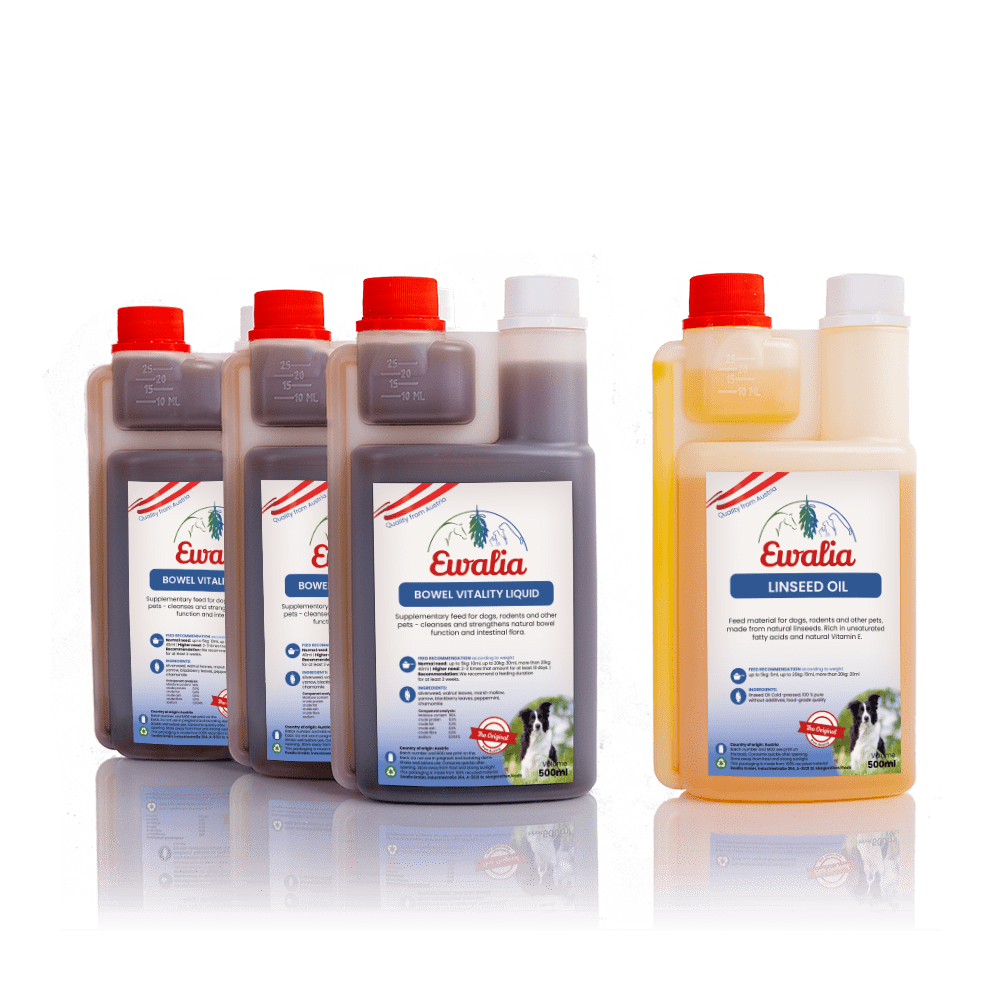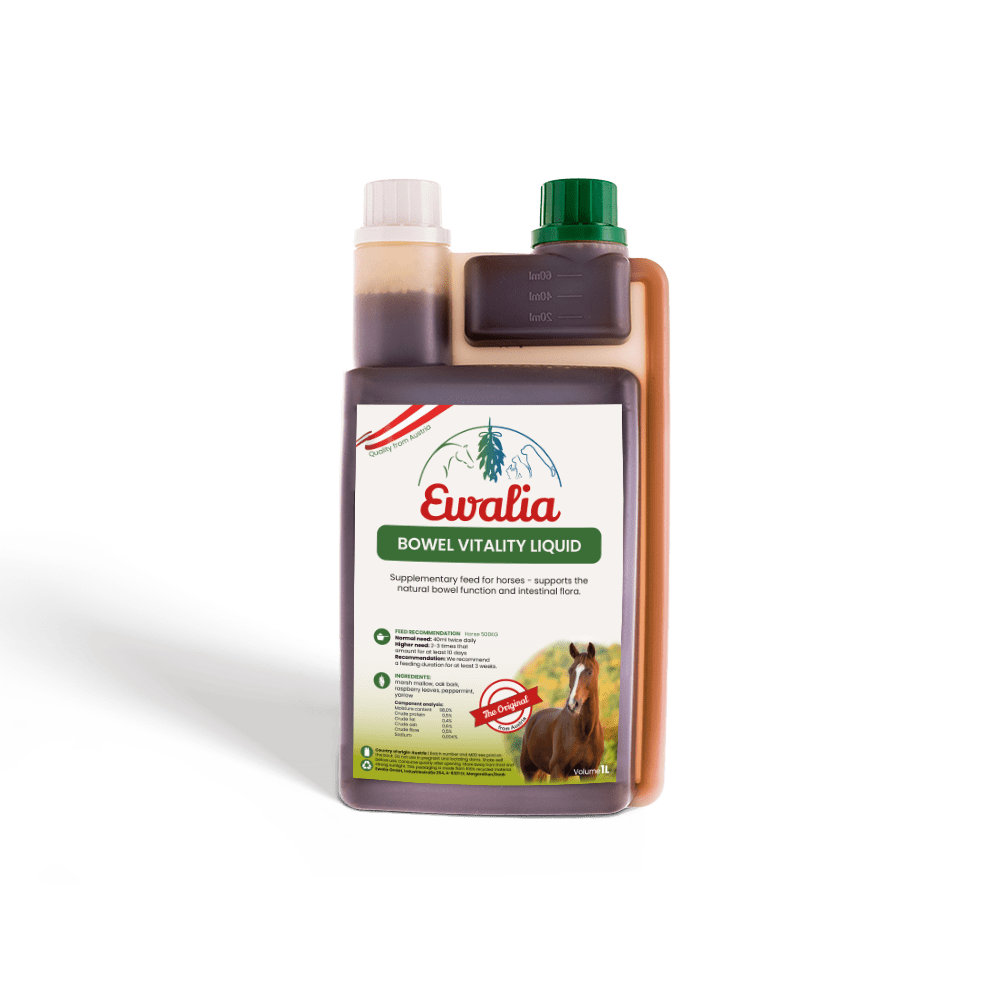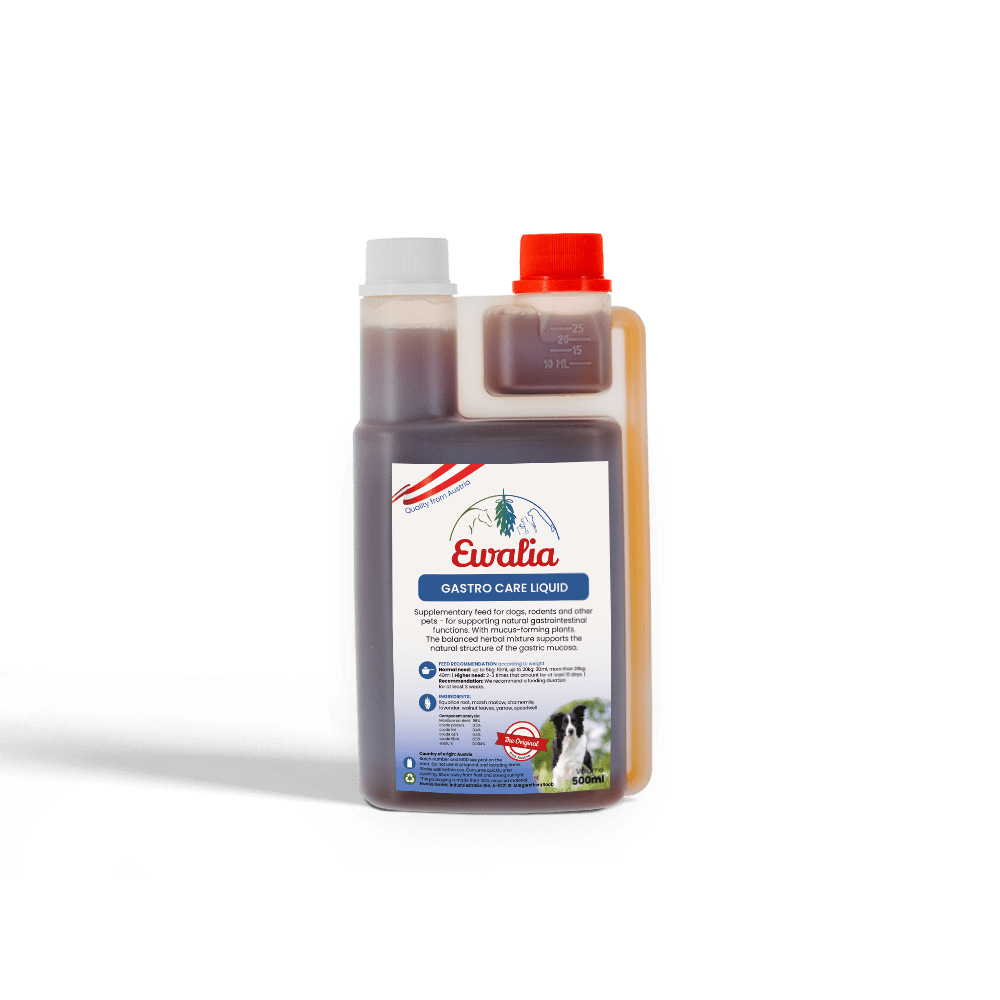Silverweed
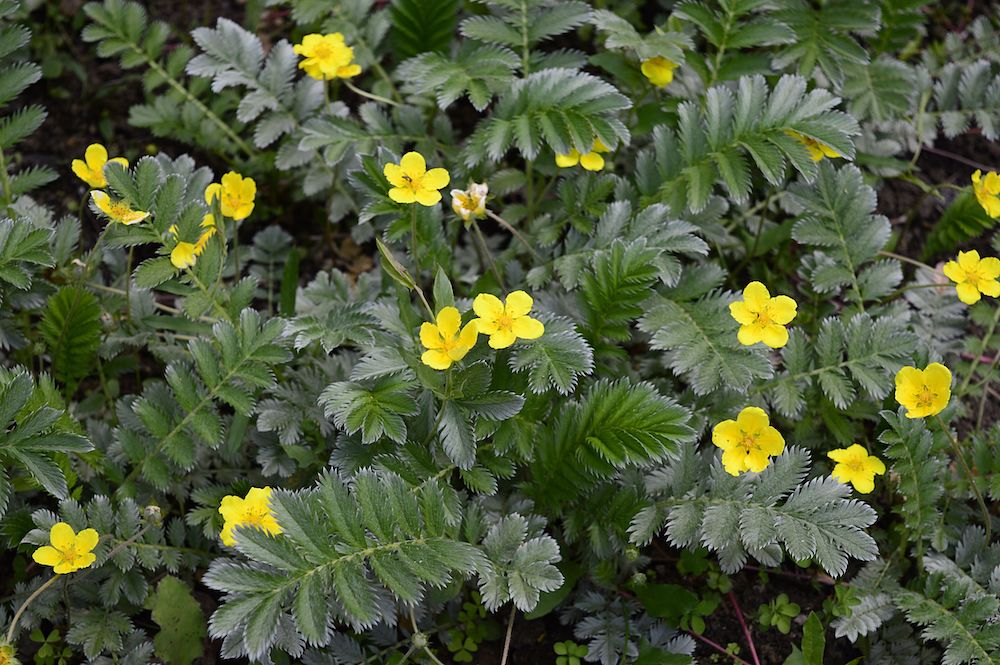
In olden days, well-trodden pastures where geese would graze often sported pretty, yellow flowers. Silverweed (Potentilla anserina L.), also called silver cinquefoil, prefers well-fertilised, compacted soils – and, true to its Latin name, is indeed a favourite food of geese. In veterinary medicine, the plant is considered an excellent remedy for diarrhoea.
Where does silverweed come from, and what does it look like?
Silverweed belongs to the rose family and is widely found in moderate climates, growing throughout Europe and North America as well as in parts of Western Asia. The 10 to 25 cm tall herb thrives in fertile, dense, and rather moist soils, but is also found along paths or railway embankments. It's known as a wetland indicator and has a high tolerance for salt.
Silverweed is a perennial plant. The plants grow to a metre long on the ground, forming a thick carpet. The pinnate leaves have silver-grey fine hairs on the underside which give them a silvery appearance. The roots are reddish to brown.
Silverweed blooms from late May until mid-September. At 3 cm in diameter, the bright yellow flowers are relatively large and similar to those of bloodroot (tormentil), a close relative.
What is silverweed used for?
All parts of the silverweed herb are edible. The roots have a slightly nutty taste and were once a common substitute for parsley roots. In lean times, the roots were dried and ground into flour.
The plant's value can be seen in its European vernacular names, nearly all of which are derived from the word "goose". In the Middle Ages, silverweed was often used to treat toothache, nosebleeds and as an ingredient in anthelmintics. In traditional folk and veterinary medicine, it was mainly used as a remedy for gastrointestinal ailments, especially diarrhoea, as well as for urological complaints and "female trouble". It was also added to baths to treat slow-healing wounds.
When used in phytotherapy, the leaves and flowers of the plant (Anserinae herba) are collected shortly before or during flowering and then dried. Silverweed can be used to make teas or extracts.
What are silverweed's active substances?
Silverweed is rich in tannins known as ellagitannins, also found in raspberries, blackberries, and pomegranates. The herb has a tannin content of about 6-7%. The tannins have an astringent effect on the stomach lining and, when combined with proteins, form a protective layer on the surface of the mucosa. Ellagitannins are also said to have probiotic, antioxidant, and even cancer-inhibiting properties. In addition to anti-inflammatory flavonoids (secondary plant substances), silverweed also contains anti-bacterial and cell-protecting polypropenols (terpene alcohols).
Laboratory tests have shown anti-inflammatory effects of silverweed extract on intestinal cells. In-vitro studies have also confirmed its anti-spasmodic effects on the smooth muscles of the digestive organs.
The organism is well able to absorb the plant's active ingredients.
How is silverweed used to treat horses and dogs?
Silverweed is a highly effective remedy for acute cases of diarrhoea, gastrointestinal cramps, and irritations of the stomach lining and intestine. Silverweed offers the following benefits:
- astringent
- antispasmodic
- anti-inflammatory
- anti-bacterial
- protects mucosa
- promotes healing
Side effects
Herbs that contain high levels of tannins should not be administered over longer periods of time. Long-term use may strain the liver and reduce mineral absorption. Silverweed preparations are generally well tolerated. But in rare cases, the high tannin content in silverweed may cause stomach ailments
Sources and further reading
- Purle, T. (2020). Kräuterbuch.de. Von Gänsefingerkraut: https://www.kraeuter-buch.de/kraeuter/Gaensefingerkraut.html abgerufen
- Reichling, J., Gachnian-Mirtscheva, R., Frater-Schröder, M., Di Carlo, A., & Widmaier, W. (2008). Heilpflanzenkunde für die Veterinärpraxis. Berlin-Heidelberg: Springer Medizin Verlag.
- Schneider, E. (2020). Deutsche Apotheker Zeitung. Von Gänsefingerkraut-Wohltat für Magen und Darm: https://www.deutsche-apotheker-zeitung.de/daz-az/2015/daz-17-2015/gaensefingerkraut-wohltat-fuer-magen-und-darm abgerufen
- Schöpke, T. (2020). Medizinalpflanzen.de. Von Gänsefingerkraut: http://www.medizinalpflanzen.de/systematik/6_droge/potansh.htm abgerufen












